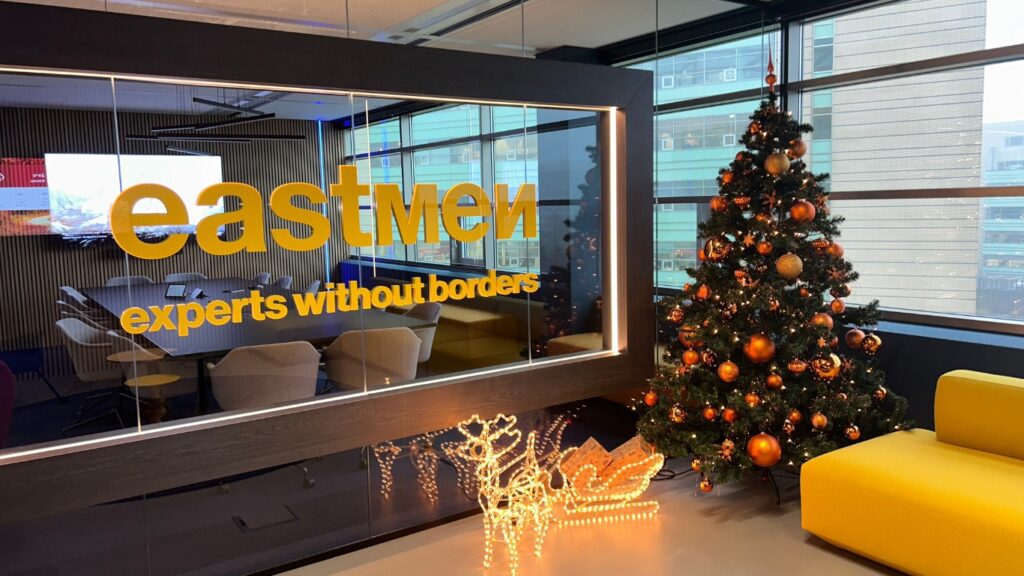SINTERKLAAS, CHRISTMAS AND NEW YEAR'S EVE IN THE NETHERLANDS
If you temporarily work in the Netherlands, you will probably return home during the holidays to spend the winter holidays with your family and loved ones. The traditional food, music and partying, customs and traditions we grew up with make many of us want to go home for the holidays. However, ff you are staying in the Netherlands for the holidays, it might be interesting to know how the Dutch spend the winter holidays and what the weather is like in the Netherlands.
THE WEATHER IN THE NETHERLANDS IN THE WINTER
In the Netherlands, the number of snow days has drastically been reduced in the last thirty years. In the period 1961/1990, an average of 33 days of snow fell across the country in a Dutch winter. In the period 1991/2020, there were only 20 days of snow and in 2021 there were only 15 days of snow. So if you want to spend your winter holidays with snow, the Netherlands is not the place to be. Many Dutch people seek the snow in other countries, skiing being very popular among them. A million Dutch people go skiing every year, 60-65% of them preferring to go to Austria.
Another favorite activity of the Dutch is ice skating, preferably outside on natural ice. Every year many Dutch people hope that it will freeze well outside so that a tour of almost 200 kilometers on natural ice passing through 11 cities (Elfstedentoch in Dutch) can be organized. For this, the ice must be at least 15 centimeters thick all over. Because of this, this tour has only been organized 15 times so far, the first being in 1909. Even without this tour, many Dutch people of all ages put on their skates and go out ice skating whenever it is possible.
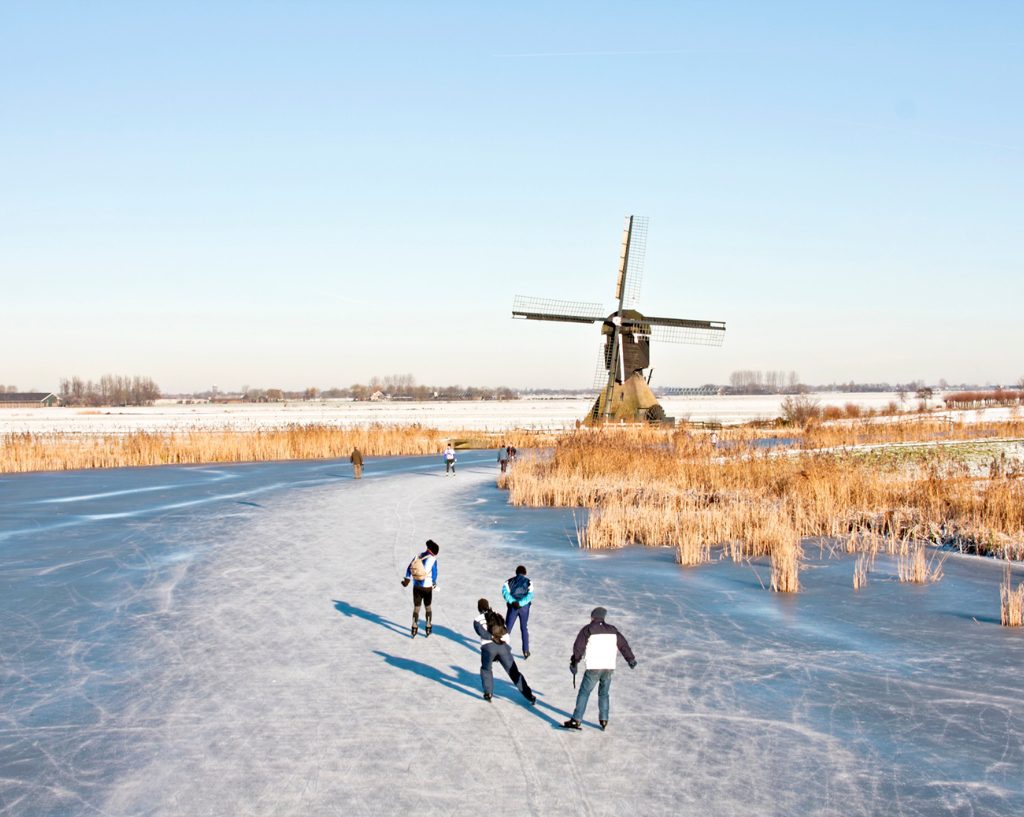
SINTERKLAAS
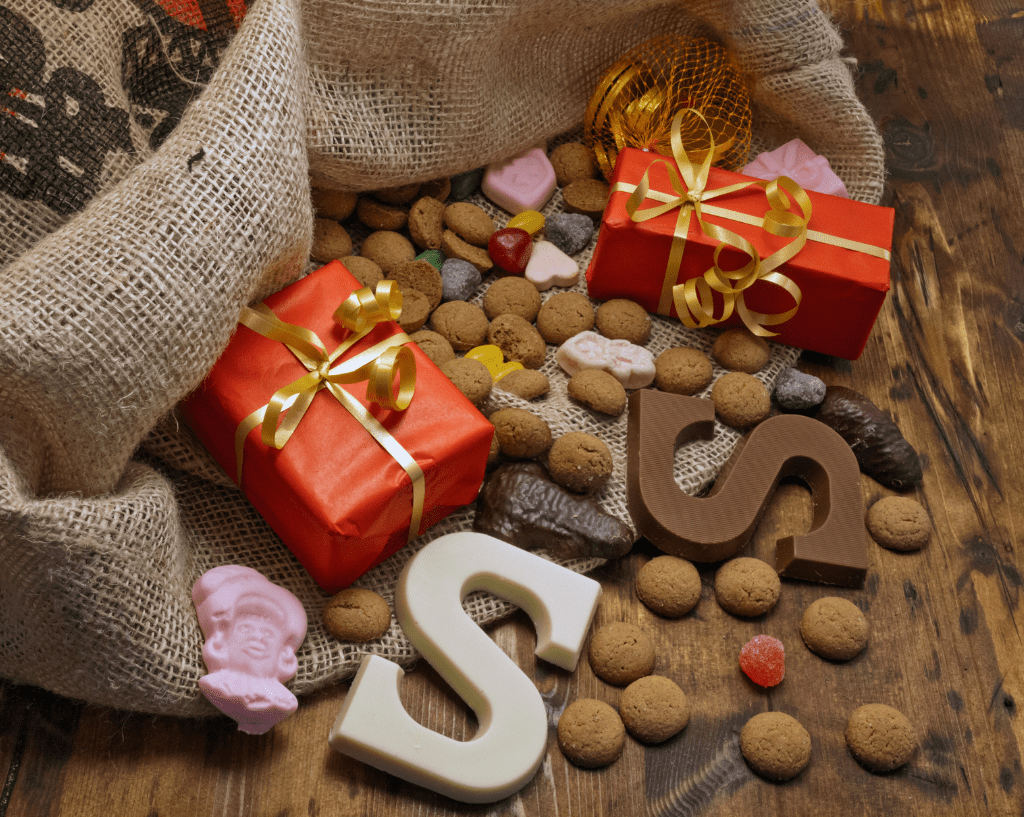
The winter holidays open with Sinterklaas, an annual holiday celebrated on December 5th. Sinterklaas arrives in the Netherlands on the first Saturday after November 11. From that day on, children can put out their shoes so that Sinterklaas can leave presents in them. On the 5th of December on ‘pakjesavond’, Sinterklaas visits children and brings them presents.
Adults can also receive gifts, usually anonymously, after drawing lots of whom they should buy a gift for. The tradition is to write a funny poem that characterizes the person receiving the gift and/or to wrap the gift in a certain way (surprise in Dutch). For example, a soccer fan can receive his gift in a soccer ball made of cardboard by the person giving it. So some creativity is definitely required.
On pakjesavond, specific songs are sung and many sweets are eaten, such as pepernoten (made of rye flour with honey and anise), chocolate figurines, marzipan, marshmallows and many other sweets.
CHRISTMAS IN THE NETHERLANDS
Christmas is celebrated on the 25th and 26th of December as the first and second day of Christmas. It is usually celebrated with family, lots of food and gifts. At the Christmas breakfast the Dutch serve Kerststol (a type of bread with almond paste and raisins), turban (a round cake), cookies or chocolate in the shape of a Christmas wreath and for children red and white canes, a Santa Claus made of chocolate or a gingerbread house.
For dinner the Dutch usually have turkey, pork loin, roulade and potato tufts or gourmet, where you can choose your own vegetables and meat and you fry them yourself by using a small pan at the table.
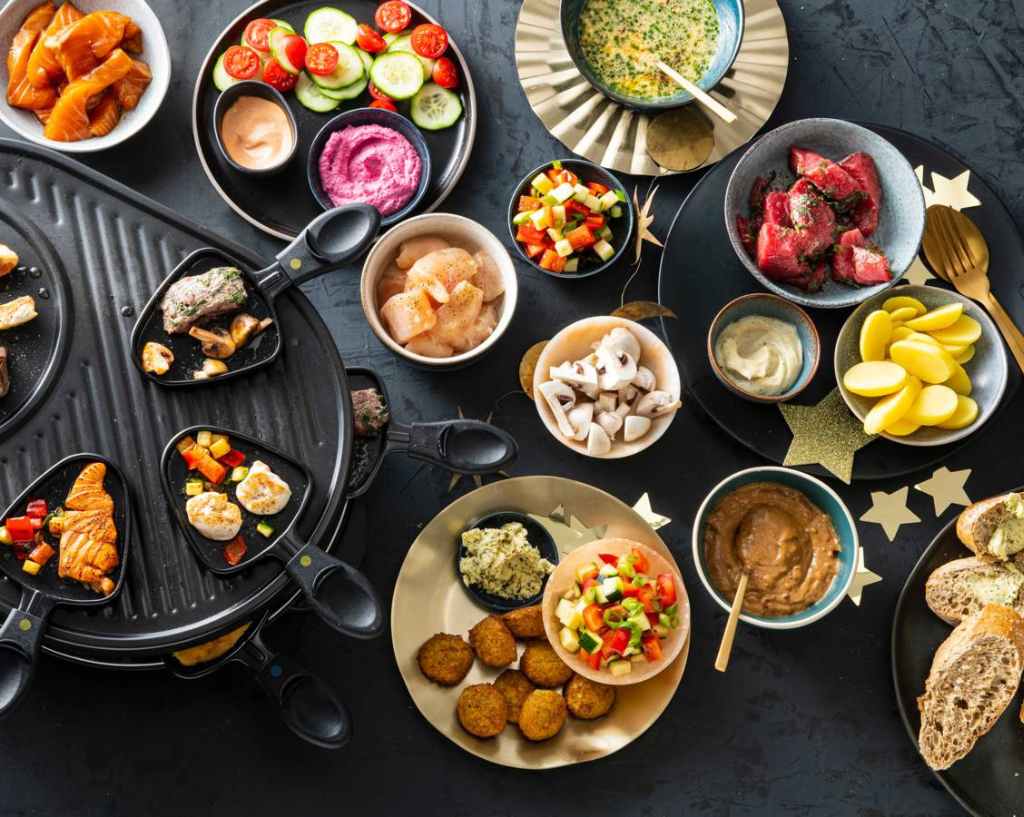
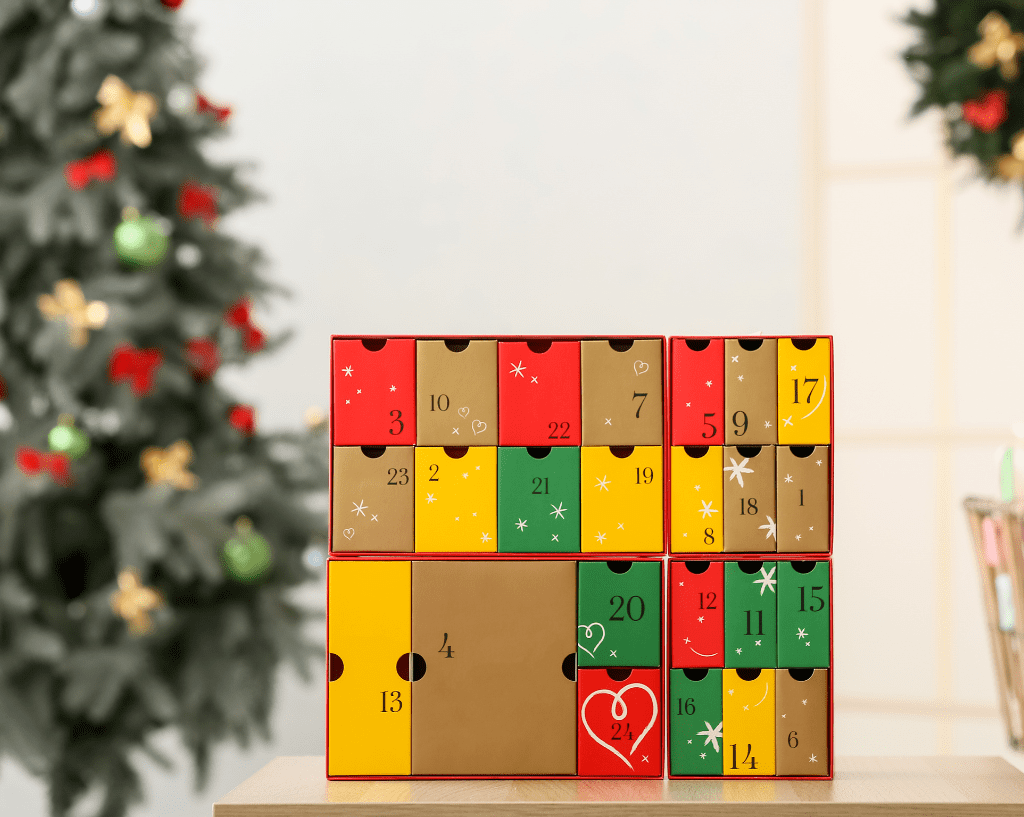
On and around Christmas, chocolate milk with whipped cream or mulled wine is drunk. Especially if you are outside, at one of the many Christmas markets, and want to warm up a bit. At these markets you can buy Christmas items, there are food stands and the city is decorated with lights.
The countdown to Christmas begins even earlier with the advent of December. Each day unveils a new surprise as the doors of the advent calendar are eagerly opened. Behind each compartment lies a little delight—a piece of chocolate, a beauty product, a fragrant tea, or perhaps a special brew of beer, all carefully curated based on the chosen theme of the calendar. This daily ritual becomes a delightful anticipation, adding a touch of magic to the days leading up to the grand celebration.
NEW YEAR'S EVE IN THE NETHERLANDS
The Dutch call the New Year, Old and New (oud en nieuw in Dutch). The most famous New Year’s Eve snack is…the oliebol (a doughnut). As early as November you can find at least one stall in every town selling olliebollen, apple buns and apple rolls.
New Year’s Eve is usually spent with family and/or friends, clinking champagne at 00:00 and setting off firecrackers and fireworks.
Every year, many Dutch people watch the New Year’s Eve conference on December 31. In this theater performance, the year is amused by a well-known cabaret artist. On January 1st, many people take a dip in the sea or a lake to celebrate the New Year. This is organized in hundreds of places, the most popular being the sea at Scheveningen.
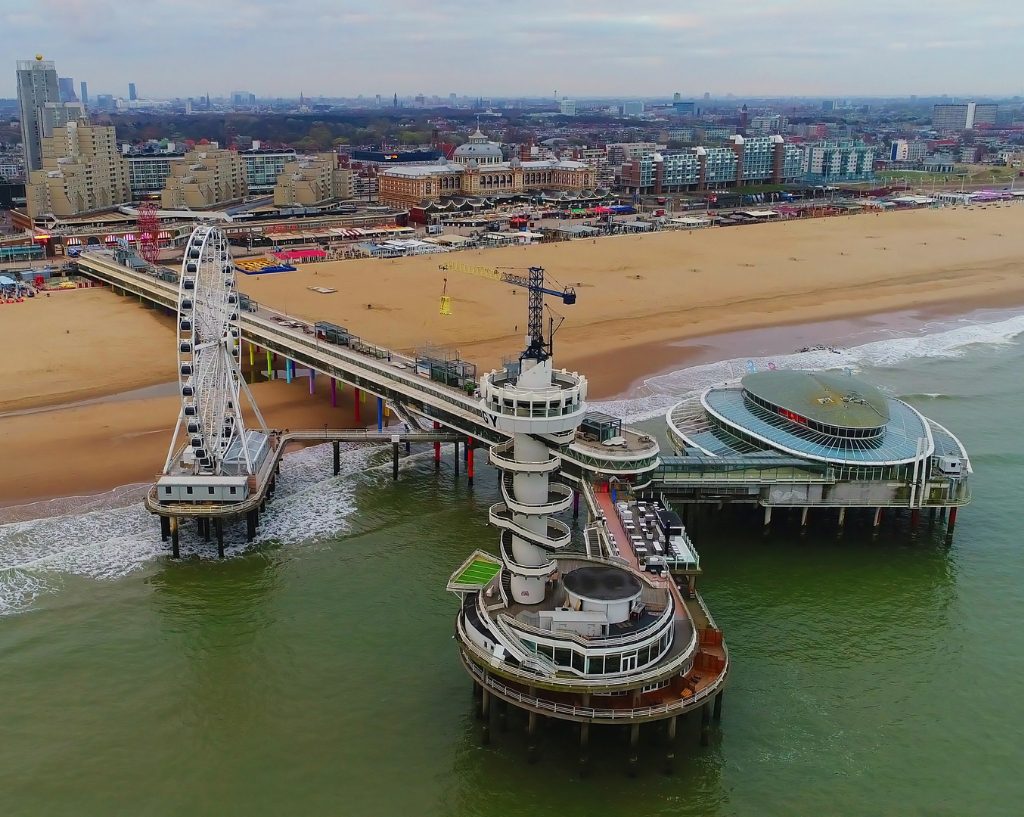
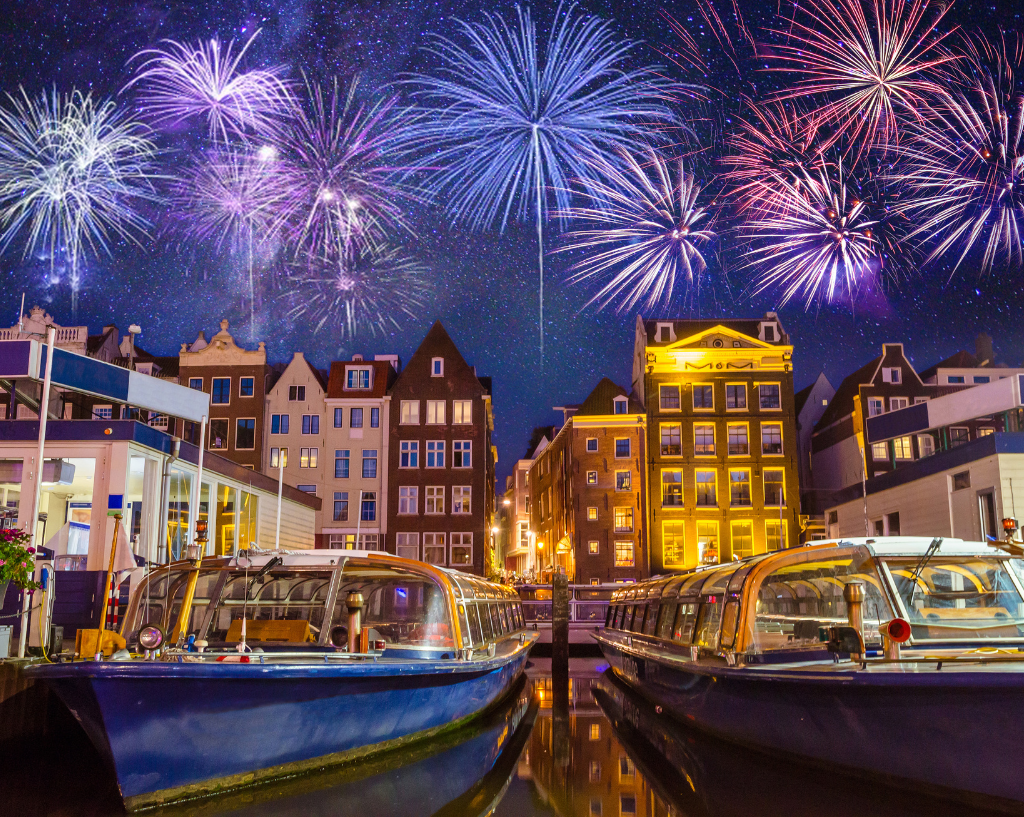
CONCLUSION
The Dutch have different customs and traditions to spend the holidays and the winter. Favorites are good food and specific winter sweets, ice skating, Christmas markets and doughnuts. Sinterklaas, Christmas and New Year’s Eve are spent with family and friends and the New Year is greeted with fireworks, champagne and a cold dip.
Want to live and the Netherlands and celebrate the winter holidays the Dutch way?
